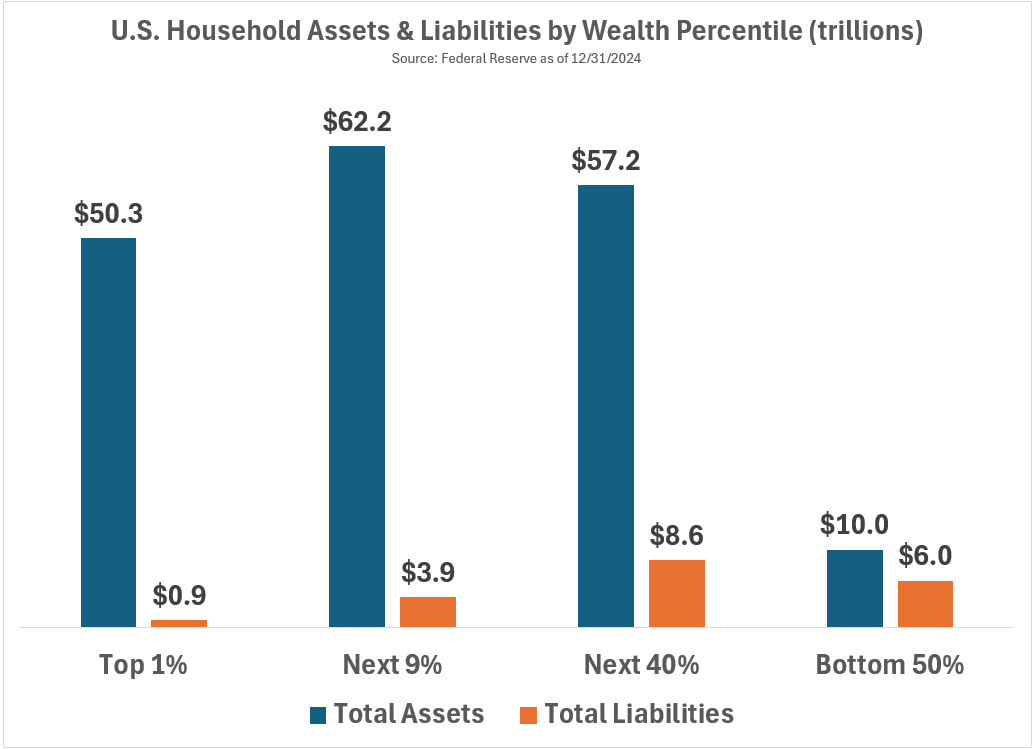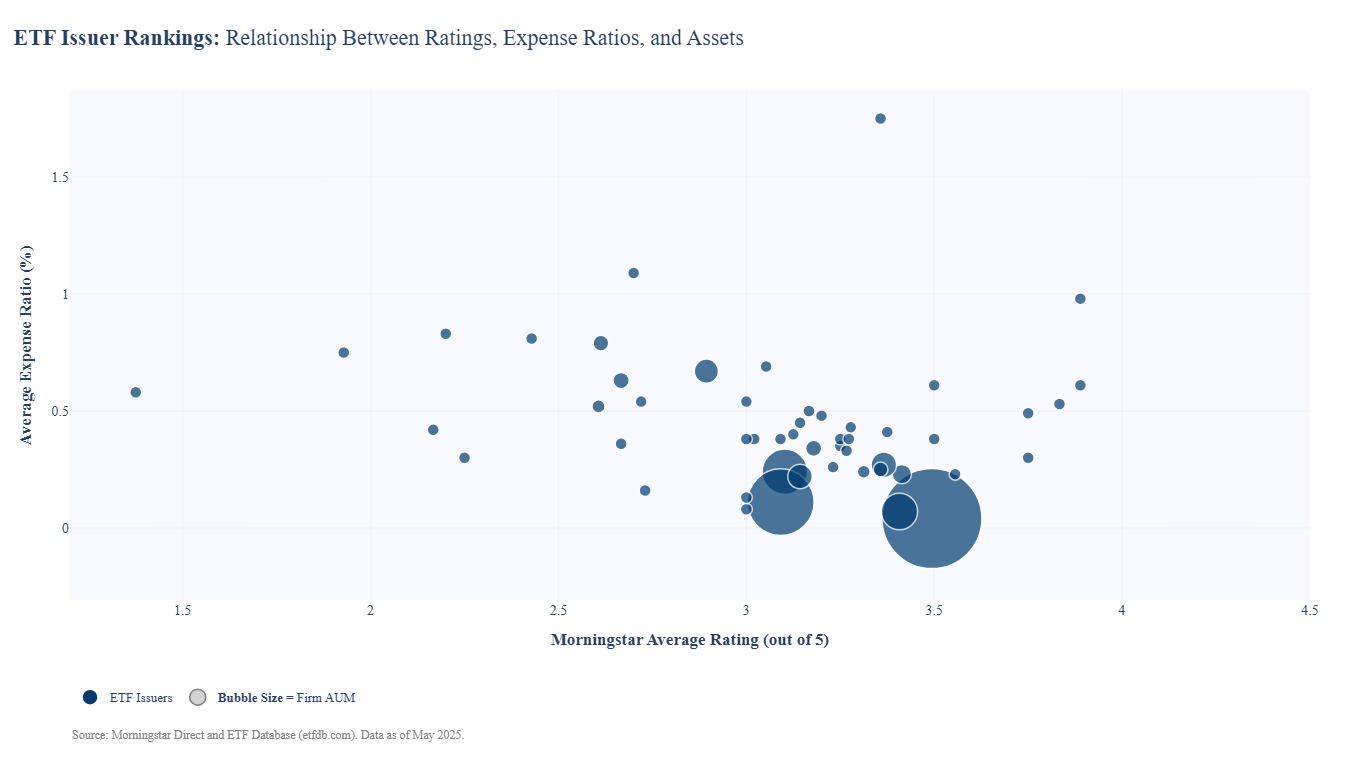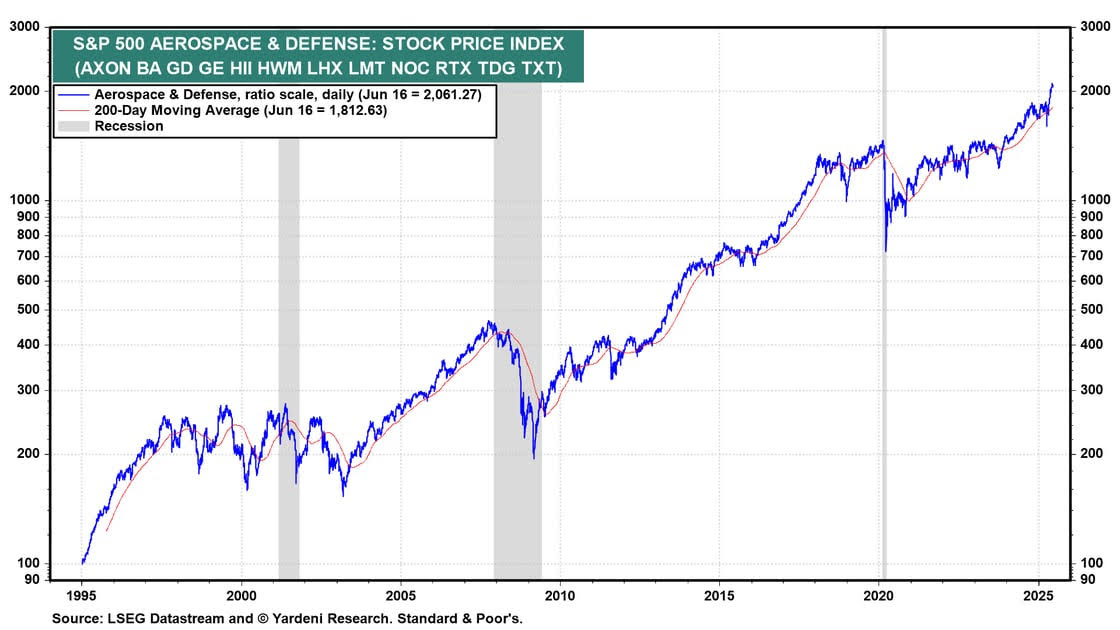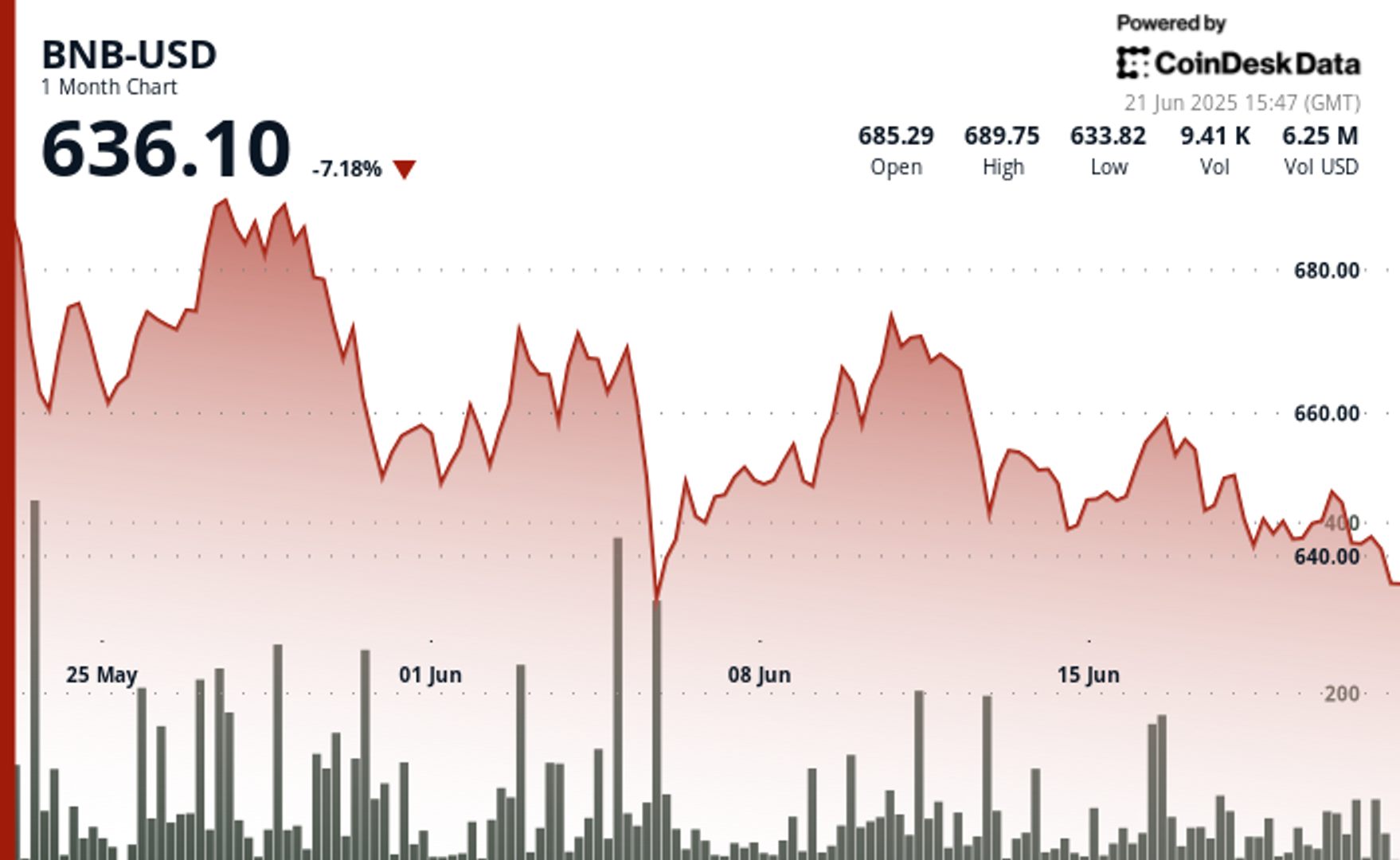An AI Stock to Avoid Despite Flashy Growth
SoundHound AI (NASDAQ:SOUN) has captivated investors with its voice recognition technology, but beneath its meteoric 1,024% gain in 2024 lies a risky investment best sidestepped. Despite a promising fiscal first-quarter earnings report, persistent losses, competitive pressures, and overvaluation make SOUN stock one to avoid for prudent investors seeking sustainable returns. SoundHound’s Allure vs. Performance SoundHound […] The post An AI Stock to Avoid Despite Flashy Growth appeared first on 24/7 Wall St..

SoundHound AI (NASDAQ:SOUN) has captivated investors with its voice recognition technology, but beneath its meteoric 1,024% gain in 2024 lies a risky investment best sidestepped.
Despite a promising fiscal first-quarter earnings report, persistent losses, competitive pressures, and overvaluation make SOUN stock one to avoid for prudent investors seeking sustainable returns.
With a 38x price-to-sales ratio and 32% short interest, SoundHound’s overvaluation and lack of profitability make it a high-risk AI stock to avoid.
Nvidia made early investors rich, but there is a new class of ‘Next Nvidia Stocks’ that could be even better. Click here to learn more.
Key Points in This Article
SoundHound’s Allure vs. Performance
SoundHound AI, founded in 2005, develops voice AI solutions for automotive, restaurant, healthcare, and retail sectors, powering products like SoundHound Chat AI and Smart Ordering.
Its Q1 results showcased $29.1 million in revenue, a 151% year-over-year surge, driven by customer wins like Chipotle Mexican Grill (NYSE:CMG) and privately-held Allina Health. The company’s non-GAAP gross margin reached 50.8%, and a $246 million cash reserve with no debt offers flexibility. CEO Keyvan Mohajer touted its AI agent platform, with partnerships like Tencent (OTC:TCEHY) and Nvidia’s (NASDAQ:NVDA) GPU Technology Conference 2025 demo expanding its reach. SoundHound reaffirmed a 2025 revenue outlook of $157 million to $177 million, targeting adjusted EBITDA profitability by year-end.
Investors see deals like those with brands such as Jersey Mike’s helping to fuel market optimism. Yet, these headline numbers mask deeper issues.
A Sea of Red Ink
SoundHound has never been profitable in its 20-year history, and its losses are widening. Although it reported GAAP net income of $129.9 million, this figure was distorted by non-recurring items. SOUN’s adjusted net loss was $22.3 million, with an adjusted EBITDA loss of $22.2 million. Compared to the fourth quarter’s $16.8 million adjusted EBITDA loss (367% worse year-over-year), the bleeding continues.
Acquisitions like SYNQ3, Allset, and Amelia expanded verticals and drove revenue, but hurt margins. Non-GAAP gross margins dropped sequentially to 50.8% from 58.5%. Heavy spending on acquisitions masks organic growth, which is estimated to be half the reported increase, raising sustainability concerns. Potential integration problems are always a risk, and growth by acquisition isn’t a problem — until it is.
SoundHound’s goal of EBITDA profitability by late 2025, previously missed in 2023, lacks credibility.
Competitive and Market Risks
SoundHound’s in-vehicle voice commerce, which debuted at CES 2025 in January, underwhelmed investors, contributing to a 27% stock drop over three days. The technology, allowing food orders via car infotainment systems, faces stiff competition from Apple’s (NASDAQ:AAPL) Siri and Google Assistant, which are already integrated into vehicles and restaurants via Apple Pay and Google Maps.
These tech giants’ deeper pockets and pervasive platforms overshadow SoundHound’s niche offerings. With only seven of the top 20 quick-service restaurants using its technology, scaling to its addressable market of $160 billion in voice AI transactions remains daunting. A potential tech sector correction, as Nvidia’s CEO Jensen Huang hinted at regarding emerging tech valuations, adds pressure. SOUN’s stock, down 52% in 2025 to $9.57 per share, faces a consensus price target of $11.82 per share, but some analysts predict a 27% plunge in its shares.
Overvaluation and Short Interest
SOUN’s 2024 rally, tripling in December, was partly a short squeeze, with 27% of its float shorted at the time. Despite a pullback, almost 32% still remains shorted, reflecting bearish market sentiment. Trading at a 38x price-to-sales ratio with a $3.8 billion market cap, SOUN is overvalued relative to its $84.69 million 2024 revenue and $351 million net loss. Analyst downgrades, like Ladenburg Thalmann’s neutral rating and a $7 per share target last November, cite overvaluation and acquisition-driven margin compression.
Final Take: A Risky Bet
Investors should avoid SOUN due to its unproven profitability and competitive risks. SoundHound’s growth is flashy, but its persistent losses, reliance on acquisitions, and competition from tech giants make it an AI stock to avoid.
The first-quarter revenue surge can’t hide SOUN’s ongoing losses or its overvaluation. Investors should wait for profitability proof before diving into this speculative trap, as the risk of a further crash looms large.
The post An AI Stock to Avoid Despite Flashy Growth appeared first on 24/7 Wall St..










































































































































































